Vietnam seeks for solution to sustainable marine aquaculture
Nguyễn Duy Quang, Director of the Khánh Hòa provincial Department of Agriculture and Rural Development, mentioned that in near future, the province will allocate coastal areas for local farmers to use. Additionally, they will guide coastal farmers to shift from traditional wooden cage farming to HDPE cages; to breed new economically valuable species and implement polyculture to increase efficiency and reduce environmental pollution.
“For open sea areas, Khánh Hòa will call on experienced and strong companies to invest into modern cage aquaculture to further increase industrial aquaculture output. Also, the province will intensify research and application of scientific and technical methods into commercial aquaculture,” Quang shared.
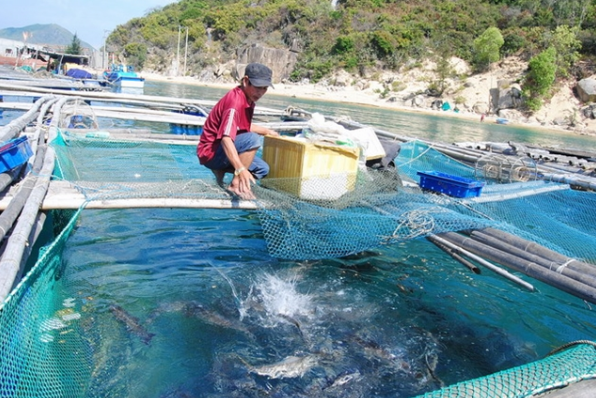
Meanwhile, in Phú Yên, they are altering cage materials and farming technologies in lagoon, bay, and estuary areas. They are also pioneering in developing offshore industrial aquaculture once the financial conditions, techniques, and policy mechanisms are in place.
“Phu Yen is planning to maintain about 1,500 hectares of aquaculture in coastal lagoon and bays; approximately 1,000 hectares in swamp and bay waters, and about 1,650 hectares in nearshore and coastal areas. Marine aquaculture will become the leading sector in the fisheries industry, with shrimp being the main product, contributing at least $100 million USD per year to the province’s export turnover,” according to Nguyễn Tri Phương, Deputy Director of the Phú Yên Department of Agriculture and Rural Development.
Bình Định province is organizing training courses to provide coastal farmers with knowledge and skills related to marine aquaculture, prioritizing modern cage farming technology and processes of farming economically valuable species.
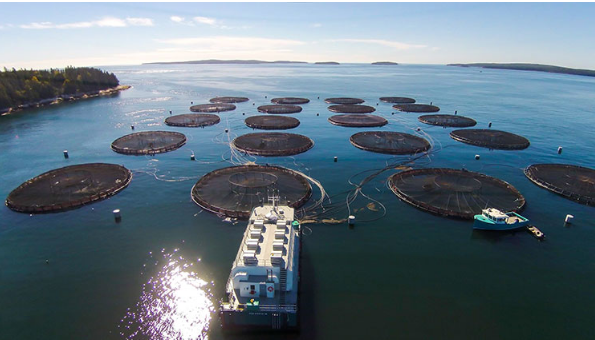
“We will establish sea farming models using modern cage systems with new materials like HDPE, applying and developing the 4.0 technology in sea cage management,” shared Trần Văn Phúc, Director of the Bình Định Department of Agriculture and Rural Development.
The government is encouraging coastal local authorities to establish clusters of marine aquaculture industries, so as to increase output and quality of aquaculture products, and environmental protection. Besides, marine aquaculture will be developed upon the integration with other marine economic sectors such as oil, plastic, wind power, and ocean transport.
Cre: Vietfish Magazine
Portuguese food group acquires 18% stake in cod farming company Norcod
Indonesia implements radioactive-free shrimp certification for exports to the United States
India is world’s second-largest shrimp producer. That is now under threat
Ca Mau’s shrimp industry moves towards “green” growth
Floods devastate aquaculture, processing operations in Vietnam
Ecuador Leads Global Shrimp Exports, Surpassing USD 7 Billion in 2025
India's marine product exports rise 16% as new markets offset US dip
Skretting presents the first shrimp feed with insect meal in Vietnam
Sharing: EU increases shrimp imports in the first 9 months of the year
Gideon De Oro opens high tech Cebu shrimp plant, to revive exports
White-leg shrimp facing WSSV: When density and environment fluctuate together








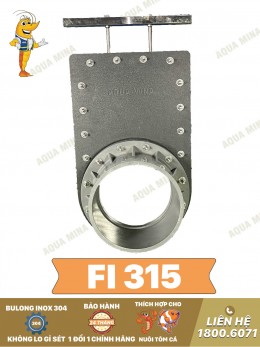
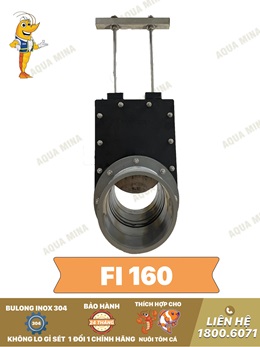


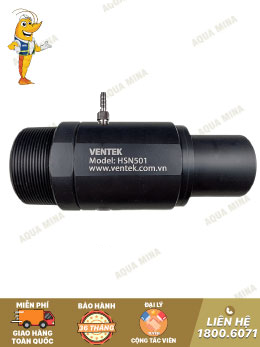
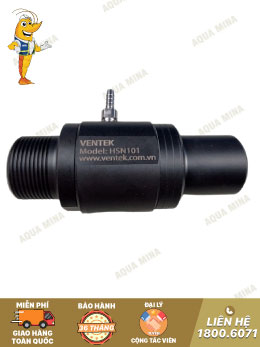

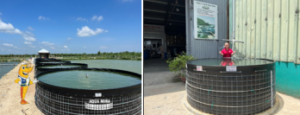
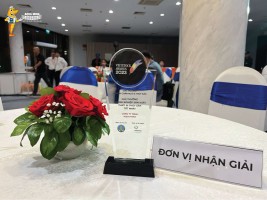


.jpg)